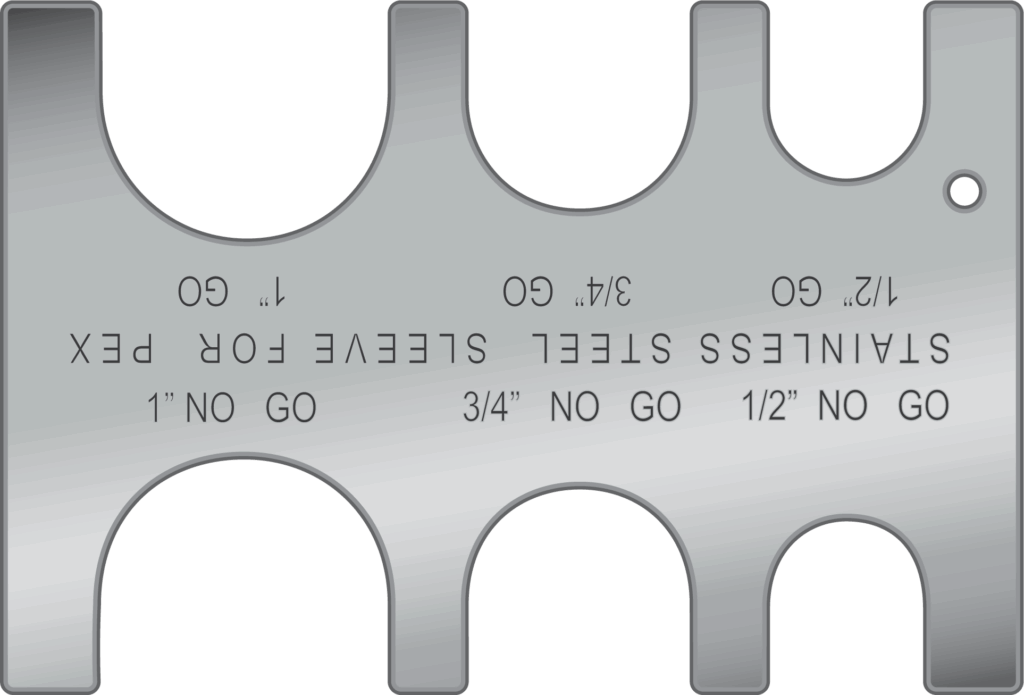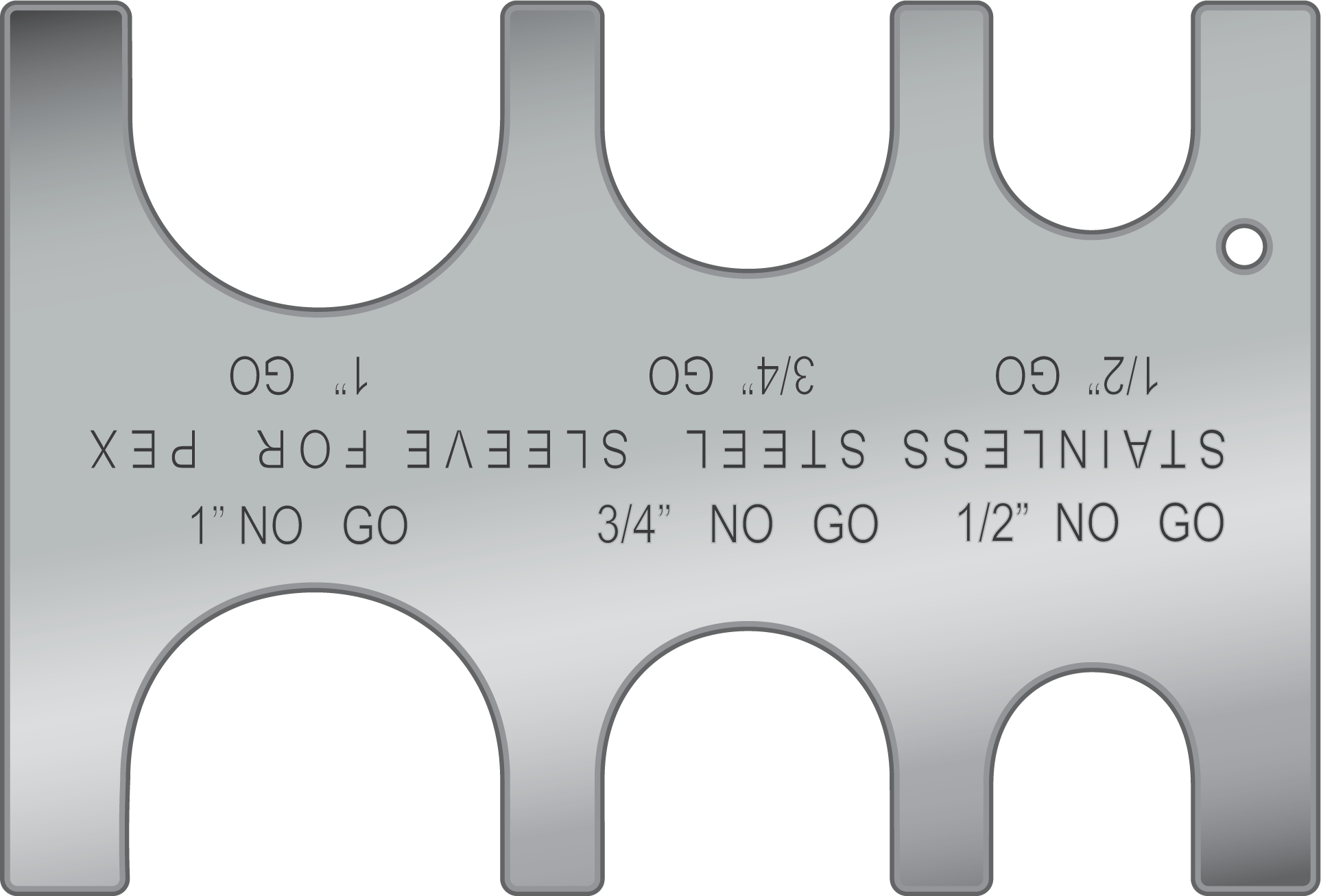
9mm No Go Gauge: Are They Really Needed?
The 9mm cartridge is ubiquitous in the world of firearms, chambered in everything from compact pistols to pistol-caliber carbines. Its widespread adoption necessitates a robust understanding of its safety parameters, and that’s where gauges come in. Specifically, the question often arises: is a 9mm no-go gauge truly essential for the average shooter or gunsmith? This article delves into the purpose of these gauges, their functionality, and ultimately, whether investing in one is a worthwhile endeavor.
Understanding Headspace and Gauges
Before addressing the necessity of a 9mm no-go gauge, it’s crucial to understand the concept of headspace. Headspace refers to the distance between the breech face (the part of the firearm that contacts the rear of the cartridge) and a specific point on the cartridge case that is used as a reference. For the 9mm, this reference point is typically the case mouth. Correct headspace is vital for safe and reliable firearm operation. If the headspace is too short, the cartridge might not fully chamber. If it’s too long (excessive headspace), the cartridge may not be fully supported when fired, potentially leading to case rupture and firearm damage, not to mention serious injury to the shooter.
Gauges are precision-machined tools used to measure headspace. They come in three primary types: go, no-go, and field gauges. The “go” gauge represents the minimum acceptable headspace dimension. If a firearm closes on a “go” gauge, it indicates that the headspace is within safe operating parameters. The “no-go” gauge represents a headspace dimension slightly beyond the minimum. A properly functioning firearm should not close on a “no-go” gauge. The field gauge represents the maximum acceptable headspace dimension. Closing on a field gauge indicates that the firearm’s headspace is dangerously excessive and requires immediate attention.
The Function of a 9mm No Go Gauge
A 9mm no-go gauge is designed to simulate a cartridge with slightly excessive headspace. When inserted into the chamber, if the bolt or slide closes completely, it suggests that the firearm’s headspace exceeds the safe limit for the 9mm cartridge. This indicates a potential problem that requires further investigation and possible repair by a qualified gunsmith. The 9mm no go gauge provides a simple, albeit potentially incomplete, method for checking a firearm for safe operation. It’s important to remember that a no-go gauge is not a definitive diagnostic tool but rather a screening tool.
Arguments for Using a 9mm No Go Gauge
Several arguments support the use of a 9mm no go gauge:
- Safety: The primary argument is safety. Checking headspace, even with a relatively simple tool, can help identify potentially dangerous firearms before they are fired. This is particularly important when dealing with used firearms or firearms that have undergone modifications.
- Peace of Mind: Knowing that a firearm’s headspace is within acceptable limits can provide peace of mind to the shooter.
- Troubleshooting: A no-go gauge can be a useful tool in troubleshooting malfunctions. If a firearm is experiencing misfires or failures to extract, checking headspace can help rule out excessive headspace as a potential cause.
- Gunsmithing: For those who build or modify firearms, a no-go gauge is an essential tool for ensuring proper headspace.
Arguments Against Using a 9mm No Go Gauge
Despite the benefits, there are also arguments against the widespread use of 9mm no go gauges:
- Complexity of diagnosis: A “no-go” result does not provide enough information to accurately diagnose the true problem. Other factors can cause a firearm to fail a no-go gauge test, such as chamber obstructions or excessive carbon buildup.
- False Sense of Security: A firearm that passes a no-go gauge test is not necessarily guaranteed to be safe. Headspace is only one factor contributing to firearm safety. Other issues, such as metal fatigue or improperly heat-treated parts, can also lead to failure.
- Cost: Quality gauges can be expensive, especially for individuals who only occasionally use them.
- Availability of qualified Gunsmiths: Unless the user is competent in gunsmithing, a failed no-go gauge test will still require the services of a professional.
When is a 9mm No Go Gauge Needed?
The necessity of a 9mm no go gauge depends on several factors:
- Frequency of Use: If you frequently purchase used firearms, build firearms, or perform gunsmithing work, a no-go gauge is a worthwhile investment.
- Experience Level: If you are an experienced shooter and familiar with firearm mechanics, you may be more likely to benefit from using a no-go gauge.
- Type of Firearm: Some firearms are more prone to headspace issues than others. For example, firearms with adjustable barrels or those that have been heavily modified may benefit from regular headspace checks.
For the average shooter who only occasionally uses their firearm and relies on factory ammunition, a 9mm no go gauge may not be strictly necessary. However, regular inspection of the firearm and proper maintenance are still crucial for ensuring safe operation. If you have any concerns about the safety of your firearm, consult a qualified gunsmith.
Alternatives to Using a 9mm No Go Gauge
If you are not comfortable using a 9mm no go gauge or do not want to invest in one, there are alternative ways to assess the safety of your firearm:
- Visual Inspection: Carefully inspect the chamber and breech face for any signs of damage or wear. Look for cracks, bulges, or excessive pitting.
- Function Testing: Perform a function test by manually cycling the action and checking for any unusual resistance or binding.
- Consult a Gunsmith: If you have any doubts about the safety of your firearm, consult a qualified gunsmith for a professional inspection.
Proper Usage of a 9mm No Go Gauge
If you decide to use a 9mm no go gauge, it’s crucial to use it correctly. Here’s a general procedure:
- Ensure the firearm is unloaded and safe: This is the most important step. Double-check the chamber and magazine to ensure that the firearm is completely unloaded.
- Disassemble the firearm: Disassemble the firearm according to the manufacturer’s instructions. You will typically need to remove the slide or bolt assembly.
- Clean the chamber: Thoroughly clean the chamber to remove any debris or carbon buildup.
- Insert the no-go gauge: Carefully insert the no-go gauge into the chamber.
- Attempt to close the action: Gently attempt to close the action (slide or bolt). Do not force it.
- Observe the results: If the action closes completely on the no-go gauge, it indicates that the headspace may be excessive. If the action does not close completely, it suggests that the headspace is within acceptable limits.
- Reassemble the firearm: Reassemble the firearm according to the manufacturer’s instructions.
Important Note: Always follow the manufacturer’s instructions for using gauges. Different firearms may require slightly different procedures. If you are unsure about any step, consult a qualified gunsmith.
Conclusion: Is a 9mm No Go Gauge Necessary?
The decision of whether or not to use a 9mm no go gauge is a personal one. For experienced shooters, gunsmiths, and those who frequently work on firearms, it can be a valuable tool for ensuring safety and identifying potential problems. However, for the average shooter who only occasionally uses their firearm, it may not be strictly necessary. Regardless of whether you choose to use a no-go gauge, regular inspection, proper maintenance, and consulting a qualified gunsmith when in doubt are essential for safe firearm operation. Understanding the function of a 9mm no go gauge and its limitations is critical in maintaining firearm safety. This tool, when used correctly, adds another layer of safety but is not a replacement for proper gun maintenance and professional gunsmithing services. The 9mm no go gauge, while not always essential, provides added assurance for those who prioritize firearm safety. Remember, when in doubt, always consult a qualified gunsmith.
Ultimately, the decision to use a 9mm no go gauge hinges on individual needs and comfort levels. However, prioritizing firearm safety should always be paramount. [See also: Firearm Maintenance Best Practices] [See also: Understanding Headspace in Firearms] [See also: Choosing the Right Ammunition for Your 9mm Pistol]

